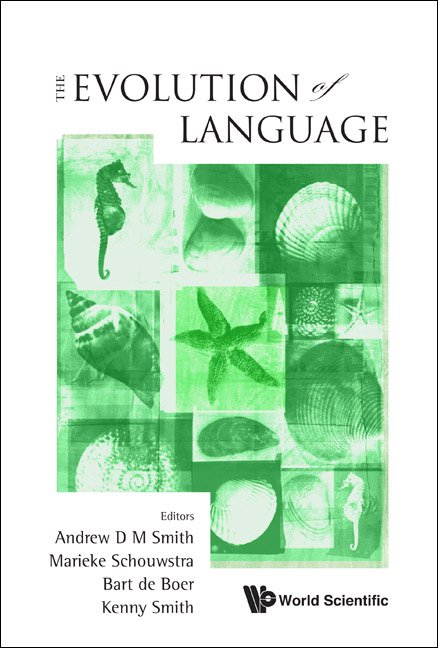CROSS-MODALITY: REVIVING ICONICITY IN THE EVOLUTION OF LANGUAGE
Some of the earliest and most simplistic theories of the evolution of language have been coined "bow-wow" theories, positing that language sprung from utterances (forms) directly and iconically related to what they depict (meanings). In the relatively recent explosion of interest in language evolution, theories of this type have been largely forgotten or dismissed for two major reasons: (i) natural language is arbitrary, not iconic; and (ii) given that we use the auditory modality for communication, we are only able to iconically express meanings related to sound. I will argue that the former problem makes uninformed assumptions about language and language evolution, while the latter problem may find a solution in the study of cross-modality: connections between the senses. Moreover, an iconic protolanguage would offer a compelling solution to Harnad's (1990) symbol grounding problem: linguistic symbols are ultimately grounded in our perceptual system.
Objection (i), that natural language is arbitrary, makes two major errors, One, it assumes that because all languages make use of arbitrariness, that they are exclusively arbitrary. Non-arbitrariness and iconicity in language are historically understudied, but it is uncontroversial among those that do study it that almost all languages take advantage of some form of iconicity (Nuckolls, 1999; Tamariz, 2005). Directly iconic forms can be seen most obviously in onomatopoeia, but also occur in ideophones: words vividly depicting sensory events for native speakers (Dingemanse, 2009).
Two, this objection assumes language has always been as it is now. The concept of protolanguage allows for a smaller system preceding language. Simulations show that iconicity is favoured in small systems, but arbitrariness has greater advantages as the system expands (Gasser, 2004). Communication emergence experiments (Theisen, Oberlander & Kirby, in press) and documented change in sign languages (Pietrandrea, 2002) demonstrate a move from iconic to arbitrary in language growth and use.
This leaves the second objection to "bow-wow" theories: language occurs in the auditory modality, and utterances can only be iconic through the imitation of sound. However, this objection ignores the growing literature on the complimentary role gesture plays in language (Tomasello, 2008). Although the auditory modality is dominant, the gestural modality is also available for iconic expression.
Moreover, humans experience non-random cross-modal associations (e.g., Simner & Ludwig, 2009) allowing for all sensory experiences to be expressed through a single modality. These shared cross-modal biases allow both iconic expression and understanding: combined with the cognitive assets of shared intentionality and theory of mind (Tomasello, 2008), we are equipped and motivated to make inferences about the cross-modal nature of others' utterances.
In this paper, we will review the evidence for cross-modality relating to language, and present experimental evidence specifying the precise nature of the cross-modal biases involved. Ultimately, we will argue that these consistent biases provided a scaffold for an iconic spoken protolanguage.
Note from Publisher: This article contains the abstract and references.



